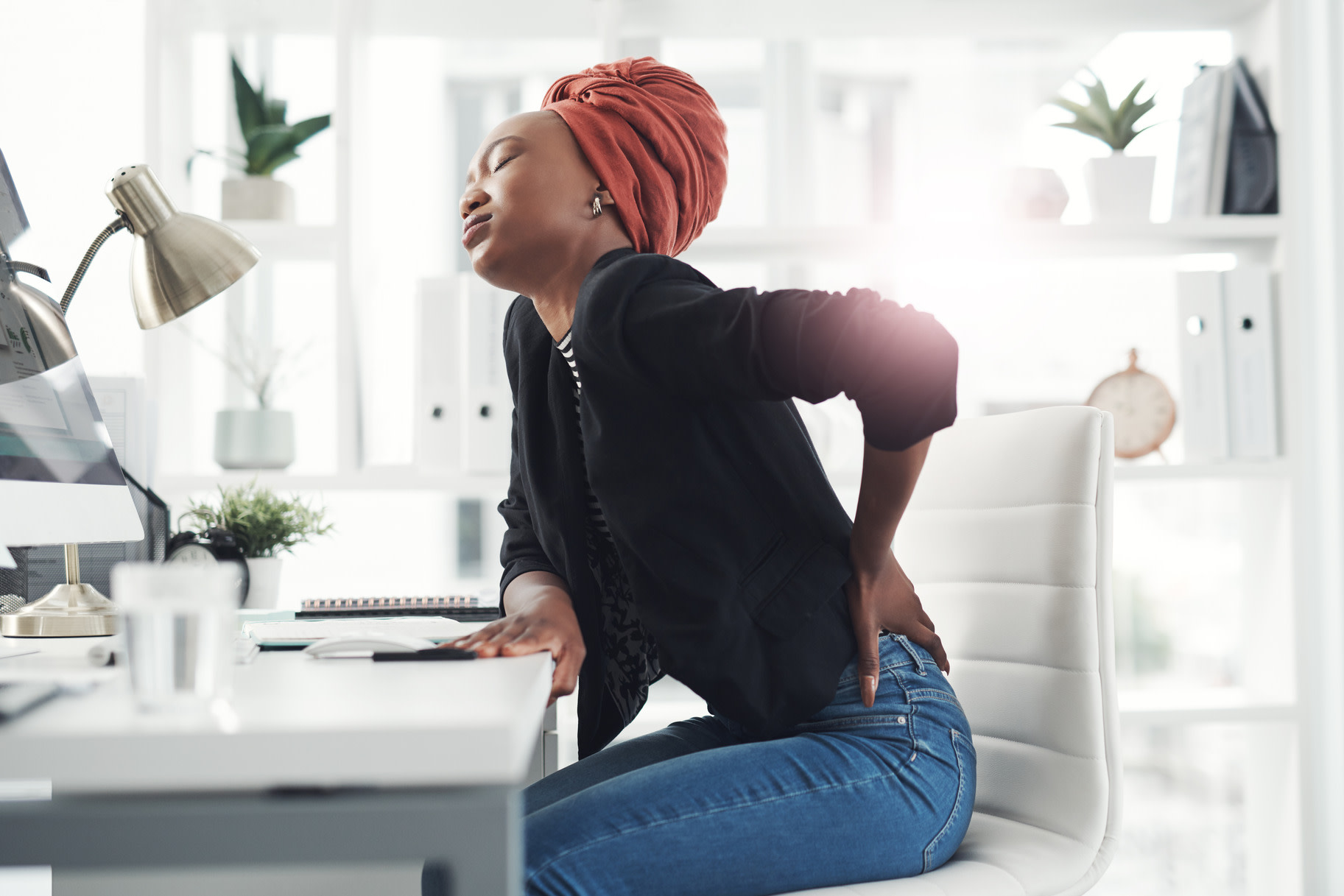Dolor del coxis al sentarse: causas, tratamientos, ejercicios
Cuando duele sentarse, es difícil funcionar. Aprende sobre qué causa el dolor de cocilla cuando te sientas y cómo aliviarlo con ejercicios de fisioterapia.
$0 costo para usted
Última actualización: May 7, 2025
El índice
Fully Covered Pelvic Care
Find relief from pelvic pain, leakage, muscle weakness, & more.
Check if I'm eligibleExercises for tailbone pain
¿Quieres atención de expertos? Consulta si estás cubierto por nuestro programa gratuito →- Figura cuatro: estiramiento
- Postura del niño
- Estiramiento del sello
- Gato, vaca
